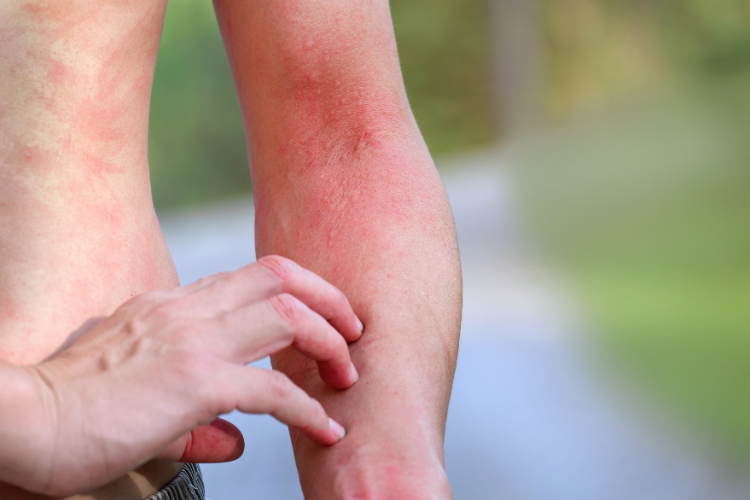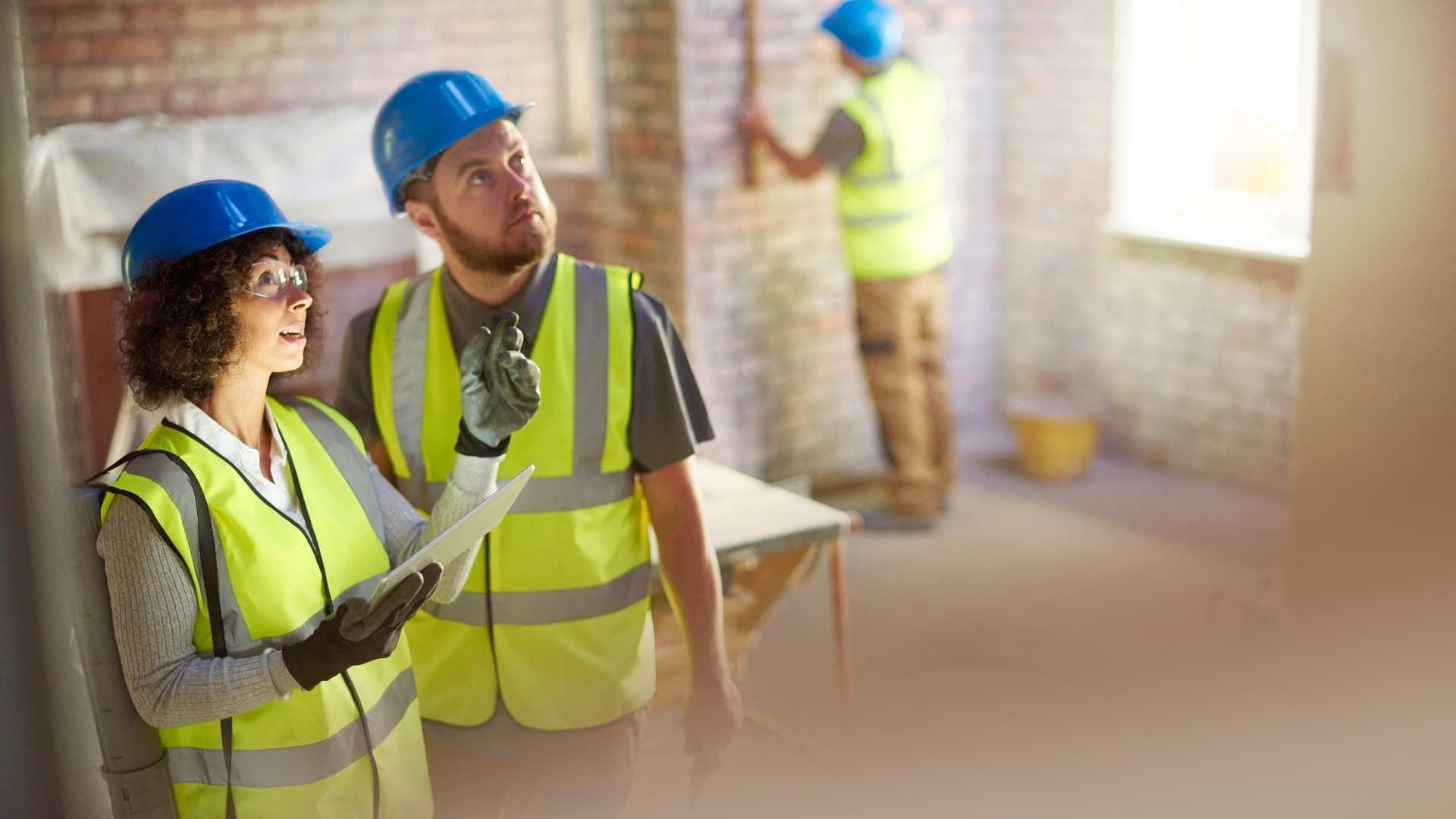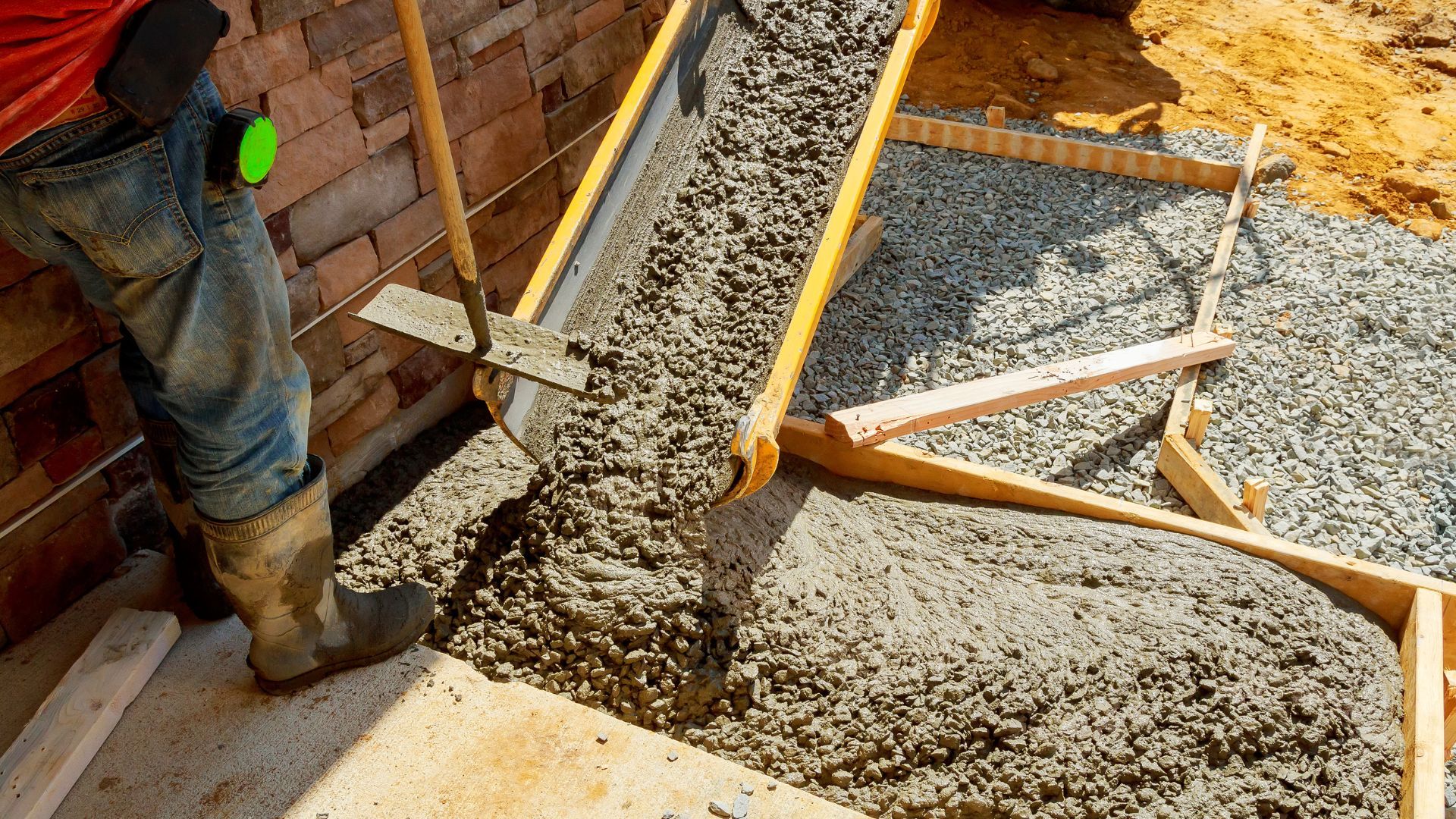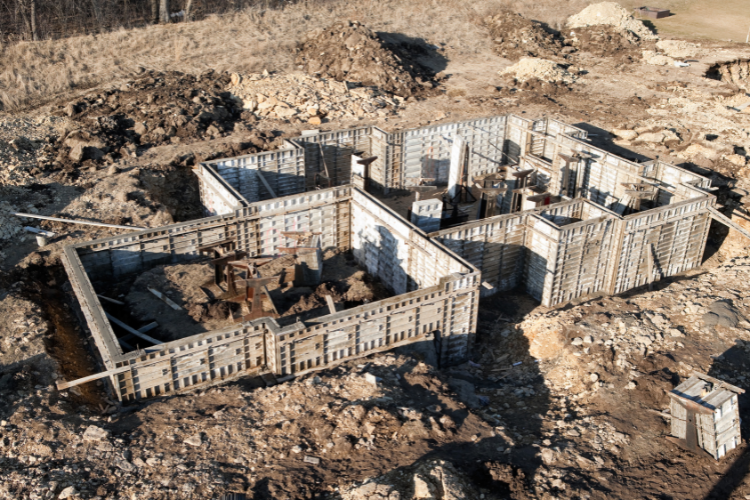Predicting Windy Day Problems: The Unforeseen Hero in Concrete Construction
Unveiling the Secret Weapon: Weather Prediction in Concrete Construction

Greetings, folks! Ever think that being a weatherman might have its perks in your day job as a homeowner or concrete contractor? You might be thinking, “How on earth is that relevant?” Well, stick with me as we embark on a fascinating adventure where construction meets meteorology.
Let's paint a picture. Imagine your next big project is to design an envy-inducing decorative patio that overlooks the mesmerizing Pacific Ocean. Sounds pretty neat, right? Well, it would be if Mother Nature wasn’t such a fickle friend. The area is notorious for its capricious weather, especially the strong winds that can make a concrete contractor's life a living nightmare. You’re probably wondering, “How can we even work in such volatile conditions?”
The key here, my friends, is all about predicting the unpredictable. This scenario calls for a deep dive into the exciting world of wind velocity, ambient temperature, and relative humidity. Boring? Not at all! It’s all about ensuring that concrete curing happens under optimal conditions.
Why, you ask? Well, every seasoned contractor knows that the weather and concrete are inextricably intertwined. Let’s jog your memory back to 2007, when our old friend Joe Nasvik spilled the beans about how scientific research on evaporation had practical applications for us concrete folk. A tool was developed to help contractors predict if weather conditions could cause those pesky plastic cracks in our beloved freshly placed concrete. Handy, eh?
Now, the story doesn't end there. It's not just about the pour; it's also about what happens post-pour. Knowing the site's relative humidity can be a game-changer when it comes to selecting the right coating and curing materials. Just another reason why becoming a part-time weatherman is not such a bad idea after all!
"But how?" I hear you ask. Picture this: a hand-held weather instrument that’s as light as a feather, designed specifically for the concrete industry. These tools doesn't just provide you with real-time weather conditions, but also allows you to predict potential weather-related issues.
You'll have the power to anticipate evaporation rates. If they could exceed 0.20, brace yourself for some excessive surface drying conditions! But worry not, with this insight, you'll be perfectly positioned to choose the right curing or treatment products.
By harnessing the power of weather prediction tools, you can save yourself from unforeseen costs and delays, ensuring a successful and profitable job. It's like being a superhero who not only fights against the unpredictable weather but also ensures that the quality of work is top-notch.
So, fellow concrete tamers and homeowners, it's time to embrace our inner meteorologist. With the right tools at our disposal, we're not just predicting windy day problems, but we're staying one step ahead of the game.
And remember, in the battle against Mother Nature, it's not about strength, it's about strategy. Now, who's ready for a profitable patio overlooking the Pacific?
Ready to work with Golden State Concrete Creations?
Let's connect! We’re here to help.
Send us a message and we’ll be in touch.
Or give us a call today at 818-805-0881
Agency Contact Form
More Marketing Tips, Tricks & Tools






